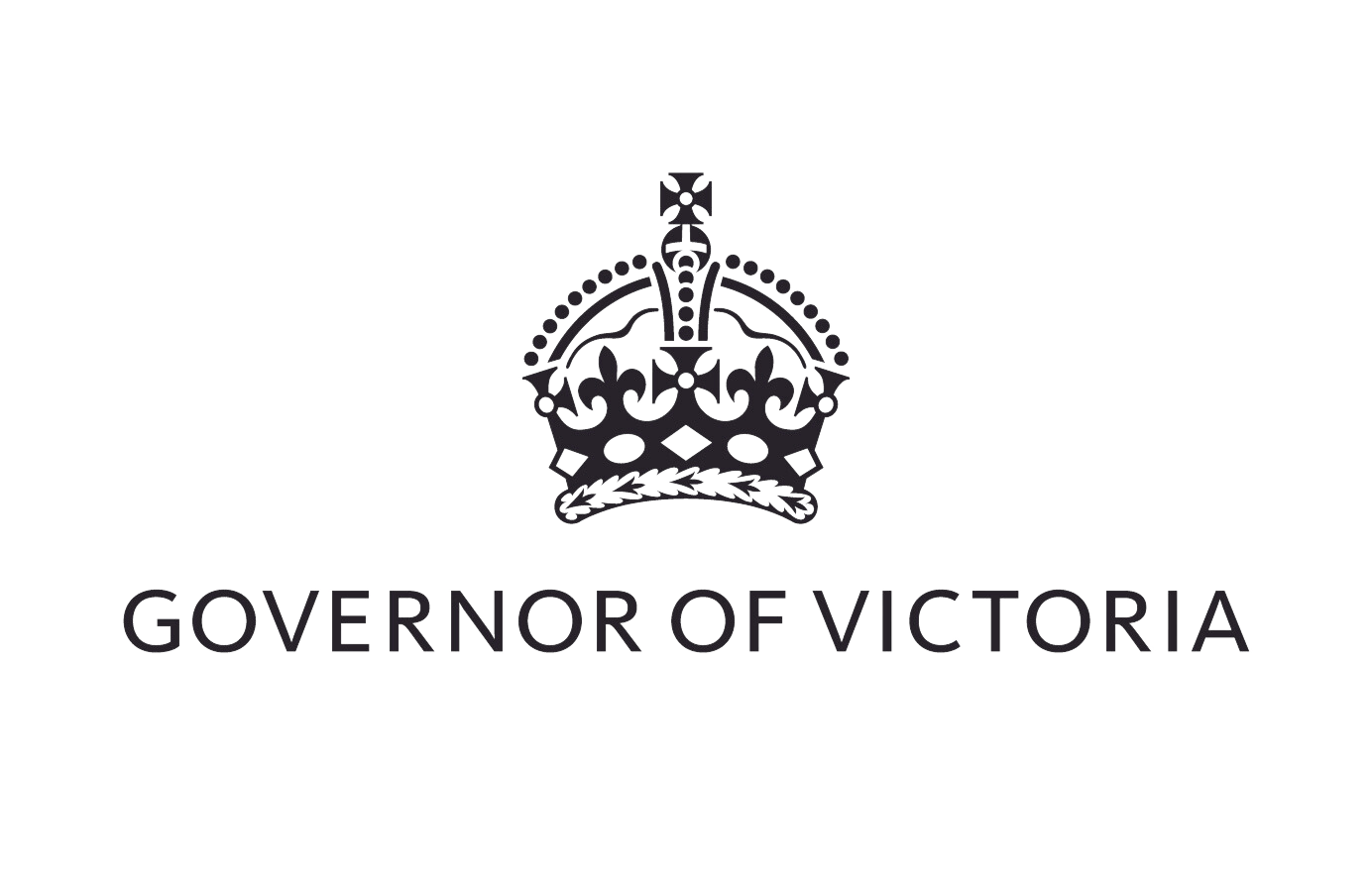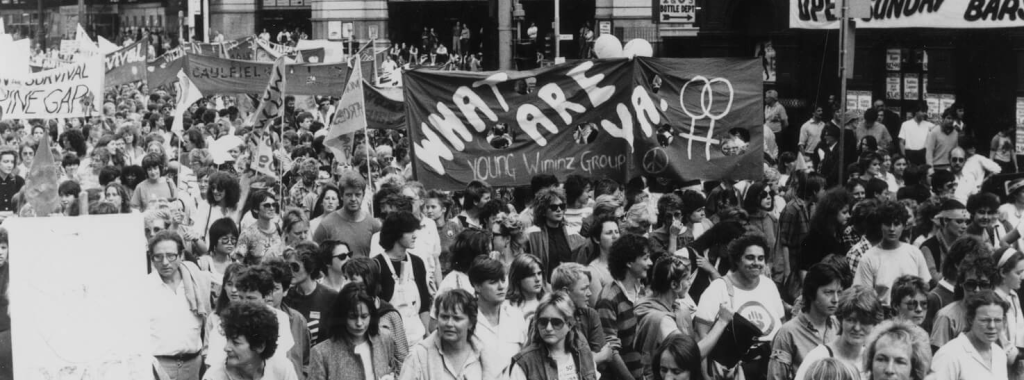This discussion focused on protest movements during the 1960s and 1970s in Victoria. The protest movements of that period in Australia cover many causes, overshadowing the 1960s with the anti-Vietnam war movement. Recognising the impact of that protest movement, this discussion series focused on Indigenous rights, second wave feminism and gay liberation.
Format
The Governor introduced the event and welcomed participants. You can read the Governor’s full remarks.
The facilitator, Jon Faine AM, then formally called on speakers.
Three speakers each presented a question to the group, which they explored in a short presentation. Following the three presentations, guests were invited to participate in a facilitated discussion to further explore the topic.
Speakers and Topics
Emeritus Professor Dennis Altman AM, La Trobe University: "Why did a gay movement emerge when it did and how successful was it?"
Emeritus Professor Diane Kirkby, La Trobe University: "How are we to understand the dynamics of 1970s protests in the continuum of feminist activism?"
Professor Gary Foley, Victoria University: "Victoria’s key role in the black power movement."
Background Information
Pre-1960s/70s
Although this discussion series focuses primarily on the dynamic protests of the 1960s and 1970s, it's important to recognise that many of these influential movements originated earlier in Victoria's history.
The first recorded protests in Victoria began before Separation, when Melbourne residents discovered that the British Government intended to transport convicts to Port Phillip.
Soon after Separation, events such as the Eureka Stockade and the Stonemasons' march served as notable examples of protests uniting different parts of the community.
The first women’s suffrage society was formed in Victoria in 1884. Women travelled all over the colonies – going door to door with petitions and handing out flyers.
Activists met with politicians, held public debates, and marched in the streets to build support.
The earliest recorded protest organised by First Nations people in Victoria took place in 1876, when William Barak, ngurungaeta (leader) of the Woi Wurrung, led a demonstration against the closure of the Coranderrk reserve.
1960s/70
One of the biggest catalysts for change in the 1960s and 1970s was the Vietnam War. The Congress for International Co-operation and Disarmament (CICD), established in Melbourne in 1959, spearheaded the anti-war movement. Comprising peace activists, unionists, and church leaders - the CICD orchestrated large-scale protests and rallies, alongside groups like the ‘Youth Campaign Against Conscription’ and the women’s movement group ‘Save Our Sons’.
Simultaneously, the second wave of feminism gained momentum. Zelda D’Aprano and three teachers – Thelma Solomon, Alva Geikie and Jessie ‘Bon’ Hull – formed the Women's Action Committee (WAC), tackling issues such as equal pay.
Around this time, Beatrice Faust founded the Women's Electoral Lobby (WEL), aiming to gain political influence to drive change.
WEL played a crucial role in the 1972 election by publishing voter guides that highlighted candidates' positions on women's issues, contributing to Gough Whitlam's historic victory.
As anti-war and women's movements gained momentum, the LGBT community also began to mobilise. Early groups like the Daughters of Bilitis and CAMP (later Society Five) offered support. The Melbourne branch of Gay Liberation – a movement started in New York immediately after the Stonewall Riots – emerged in 1972 at Melbourne University, formed by Dennis Altman and Jude Munro.
This activism, alongside shifting social attitudes, led to the Australian Medical Association declaring homosexuality was not an illness in 1973. Legal reform followed, with decriminalisation in South Australia in 1975 and Victoria in 1981.
The Victorian Aborigines Advancement League (VAAL), formed in 1957, played a crucial role in the struggle for Aboriginal rights – key leaders included Gordon Bryant (later a Minister in the Whitlam Government for Aboriginal Affairs), Pastor Stan Davey, Doris Blackburn and Uncle Doug Nicholls.
VAAL worked with Aboriginal leaders like Margaret Tucker to advocate for basic rights such as citizenship and land rights. Inspired by the Black Power movement, Aboriginal members of VAAL took control of the organisation in the mid-60s, demanding self-determination and establishing vital community-controlled services like the Aboriginal Legal Aid Service and Aboriginal Child Care Agency.
Land rights remained a central issue, with a notable protest led by Rev. Doug Nicholls in 1965 to save Lake Tyers Aboriginal reserve from closure, resulting in its declaration as a permanent reserve. The Aboriginal Lands Act 1970 marked a landmark victory, finally recognising Aboriginal land rights in Victoria after years of activism.
Melbourne in the 60s and 70s was a hub of activism, with people protesting for various causes, including land rights for Aboriginal people, opposing the war, demanding equality for women and the LGBT community.
These interconnected movements had a lasting impact on Australian society, leaving a legacy that continues to shape our society today.

